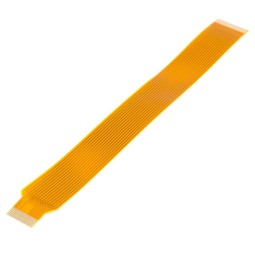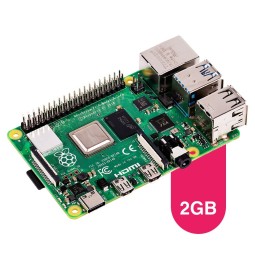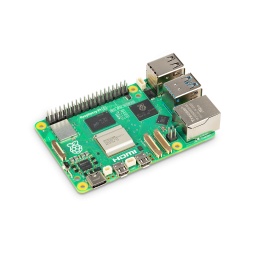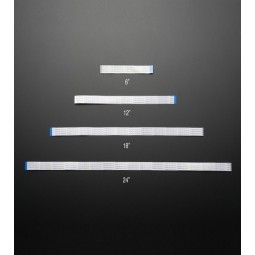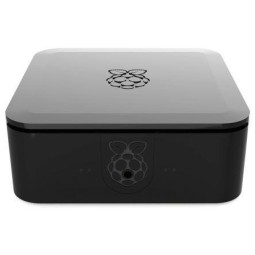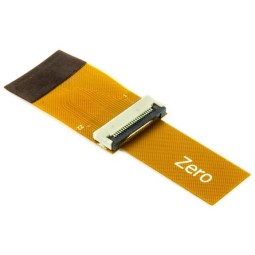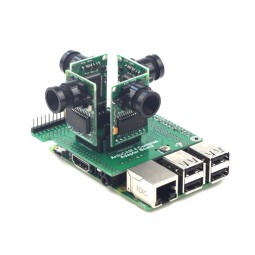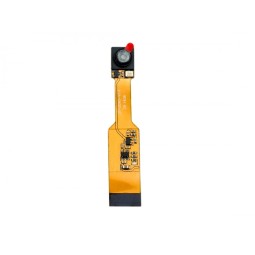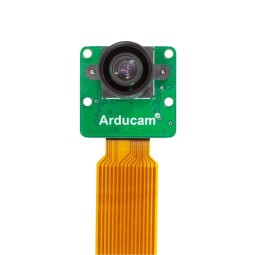-
Official Infrared v3 camera module with Sony IMX708 Autofocus image sensor
- High resolution 12MP camera, available in standard 75° and wide angle 120° versions
- IMX708 sensor with I2C controllable focus actuator
- Embeds HDR mode to capture crisp, detailed photos and videos: ideal for your photography, surveillance,...
The v3 camera module offers some nice improvements over its predecessor:
-
improved low-light sensitivity: ideal for capturing shots in low-light conditions,
-
Supports HDR mode to capture detailed and realistic photos and videos,
-
Improved autofocus.
Features
-
Sony IMX708 image sensor with built-in IR filter
-
11.9MP native resolution
-
Motorized autofocus
-
Phase Detection Focusing (PDAF) for fast focusing
-
Angle: standard (75°) or wide angle (120°)
-
7.4mm sensor diagonal
-
Pixel size: 1.4μm × 1.4μm
-
Photo resolution: 4608 × 2592 pixels
-
Video modes: 1080p50, 720p100, 480p120
-
Output: RAW10
-
HDR mode up to 3 megapixels
-
High signal to noise ratio (SNR)
-
Built-in 2D Dynamic Pixel Correction (DPC)
-
I2C controlled focus sensor
-
Compatible with all Raspberry Pi models except Raspberry Pi 400 and the 2016 launch version of the Zero, which do not have a camera connector)
-
Zero models require a camera cable Raspberry Pi Zero
- The Raspberry Pi 5 model requires a specific ribbon cable
-
Connect via the supplied ribbon cable to the CSI port on your board Raspberry Pi
-
Recommended configuration: libcamera-still from 06/01/2023 on Pi OS 32 bits Buster (desktop version to update)
-
Python Picamera2 library compatible Raspberry Pi
-
Dimensions standard version: 25 × 24 × 11.5mm
-
Dimensions wide angle version: 25 × 24 × 12.4mm
-
Weight: 4.3g
|
Standard version |
Wide angle version |
|
| Focusing range |
10cm-∞ |
5cm-∞ |
| Focal length |
4.74mm |
2.75mm |
| Diagonal field of view |
75° |
120° |
| Horizontal field of view |
66° |
102° |
| Vertical field of view |
41° |
67° |
| Focal ratio |
F1.8 |
F2.2 |
| IR filter |
Built-in |
Integrated |
Discover the Camera Module v3 Raspberry Pi
HDR
To fully understand HDR, it is necessary to look at the dynamics of the human eye vs. the dynamics of the photo sensor. Most modern sensors manage to achieve a dynamic range of about fifteen stops. As for the eye, it reaches a dynamic range between 20 to 24 stops. Therefore, a camera is unable to accurately reproduce the contrasting scene that you perceive. The camera will offer you an image with underexposed shadows or overexposed lights.
HDR mode provides a solution: instead of taking a single picture, HDR captures a series of images of the same scene at different exposures. This series is then stitched together into a single photo in which each light tone is better exposed. Dynamic range is intended to capture maximum detail in both very bright and very dark areas, giving richer colors and higher contrast. The very bright and the very dark parts of an image will be better rendered for a more natural result and close to reality!
Useful Resources
Blog Raspberry Pi: Model comparisons
Video
Data sheet
- Category
- Cameras and stills
- Brand
- Raspberry Pi
- Compatibility
- Raspberry Pi 4*~Raspberry Pi Zero 2 W*~Raspberry Pi Zero W*~Raspberry Pi 2*~Raspberry Pi*~Raspberry Pi Zero WH*~Raspberry Pi 3 A+*~Raspberry Pi 3B*~Raspberry Pi 3B+*~Raspberry Pi Zero
- Connectivity
- I2C
- Photo / video sensor
- Sony IMX708
- Lens type
- Wide Angle*~Standard
- Resolution
- 12 MP
- Type of product
- Modules / Extensions
Andrianaina R. published the 20/09/2023 following an order made on 01/09/2023
Excellent produit de bonne qualité correspondant à la description
Alexandre D. published the 30/07/2023 following an order made on 09/07/2023
Conforme !
Pierre Jean G. published the 28/07/2023 following an order made on 15/07/2023
module parfait , impeccable , c'est juste ce que je cherchais
Anonymous customer published the 25/07/2023 following an order made on 04/07/2023
Conforme, bon rapport qualité prix
Anonymous customer published the 21/06/2023 following an order made on 08/06/2023
bien
Anonymous customer published the 08/06/2023 following an order made on 21/05/2023
Super
You might also like
Customers who bought this product also bought:
Questions (0)
No customer questions for the moment.


 Français
Français
 Español
Español
 Italiano
Italiano
 Deutsch
Deutsch







